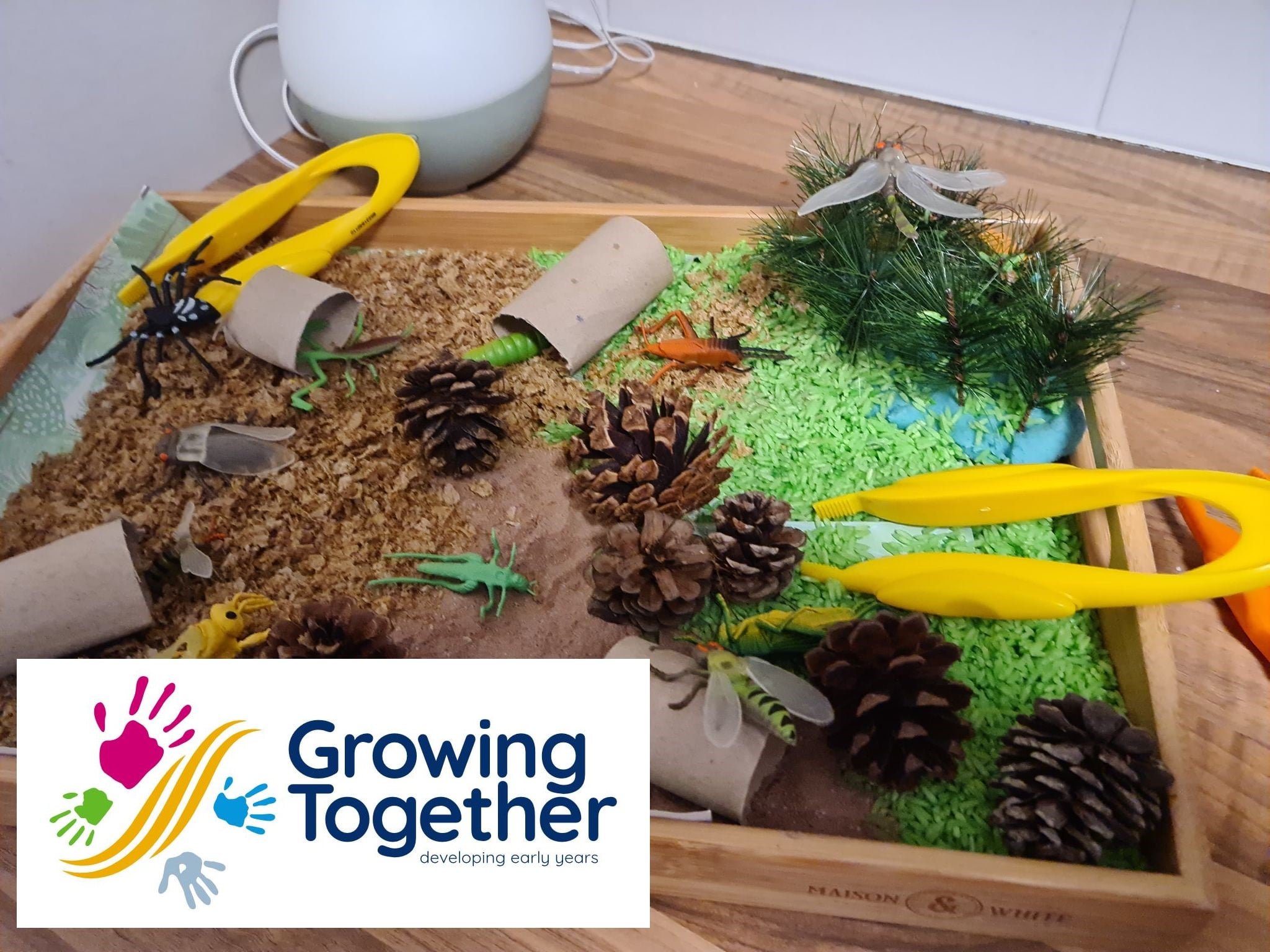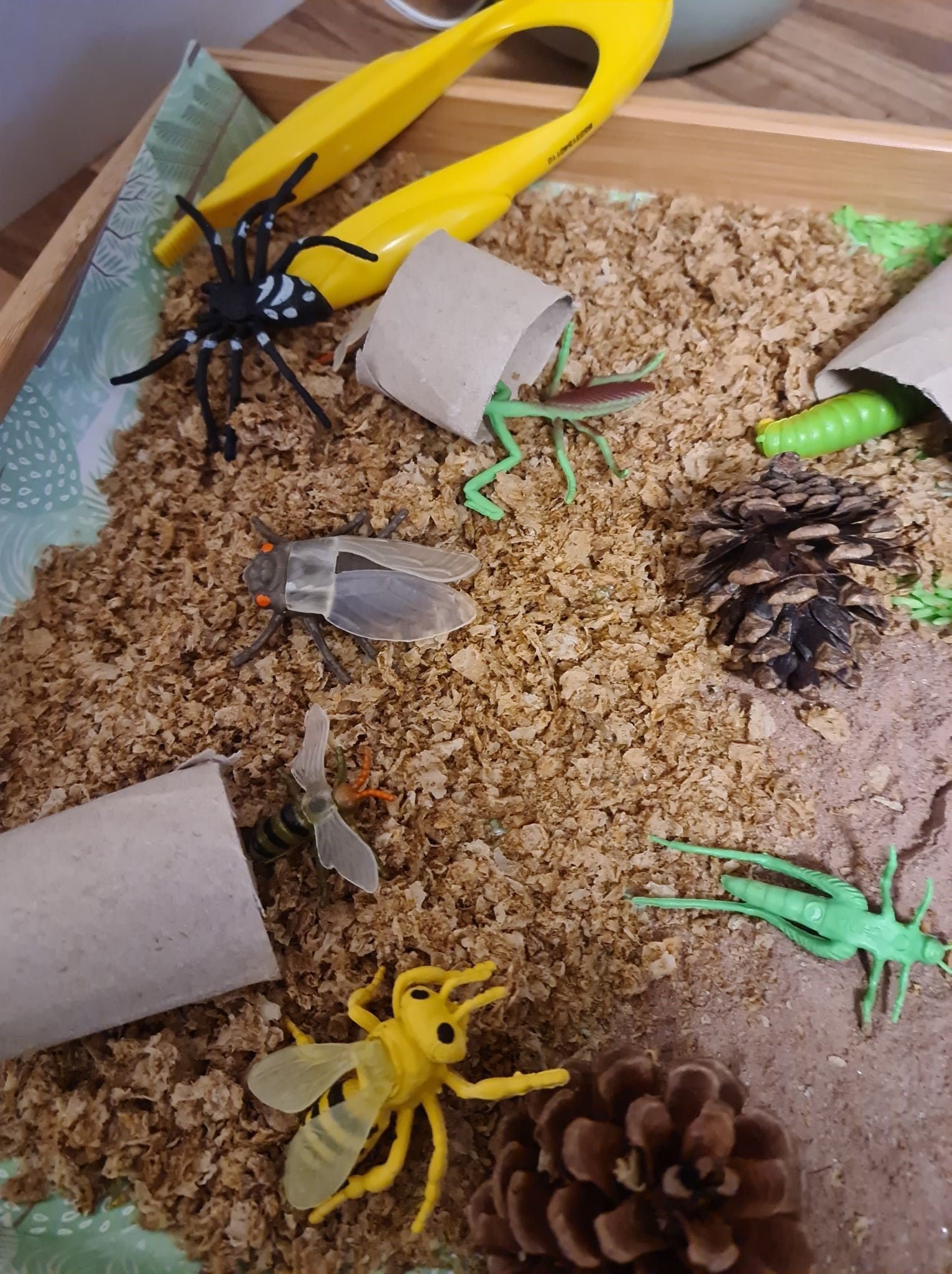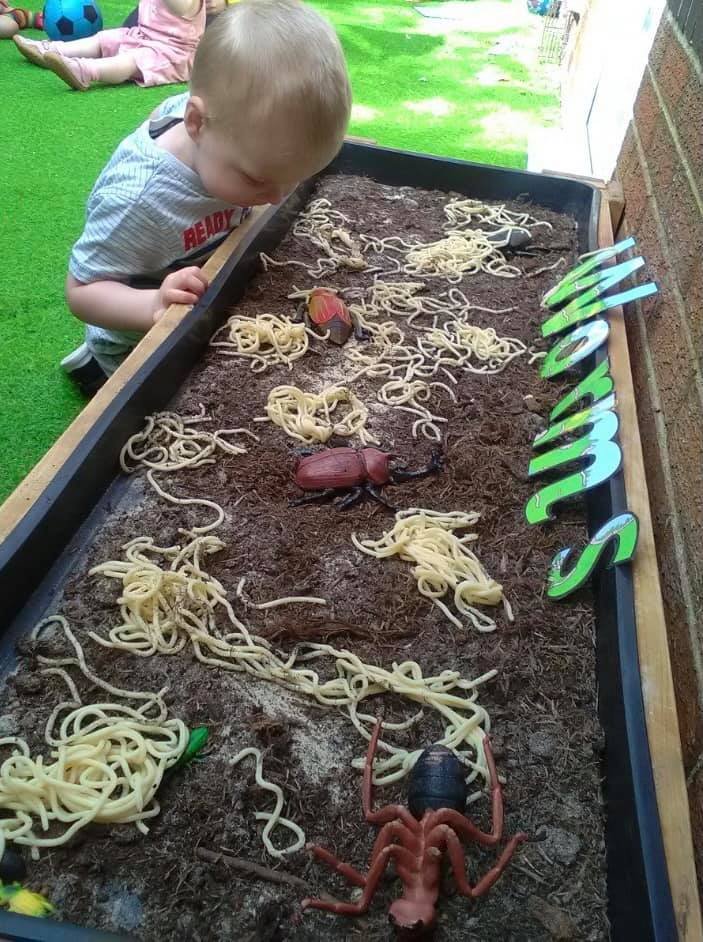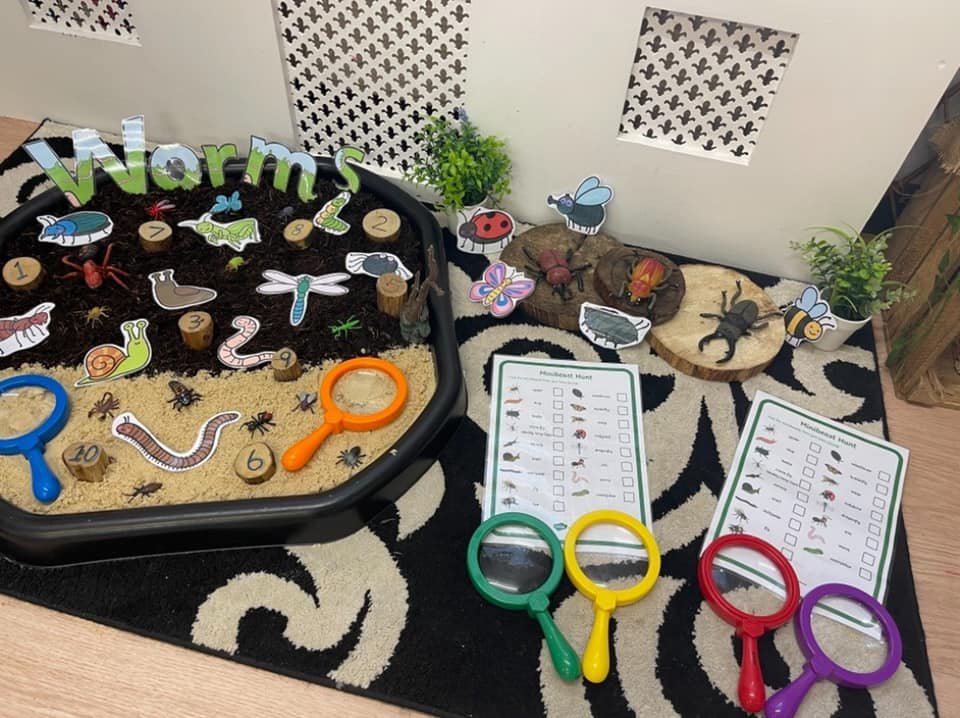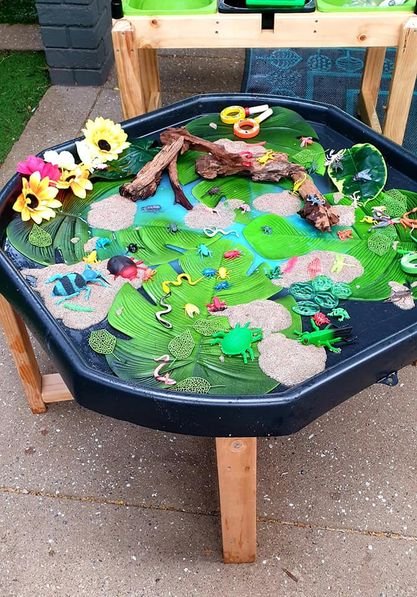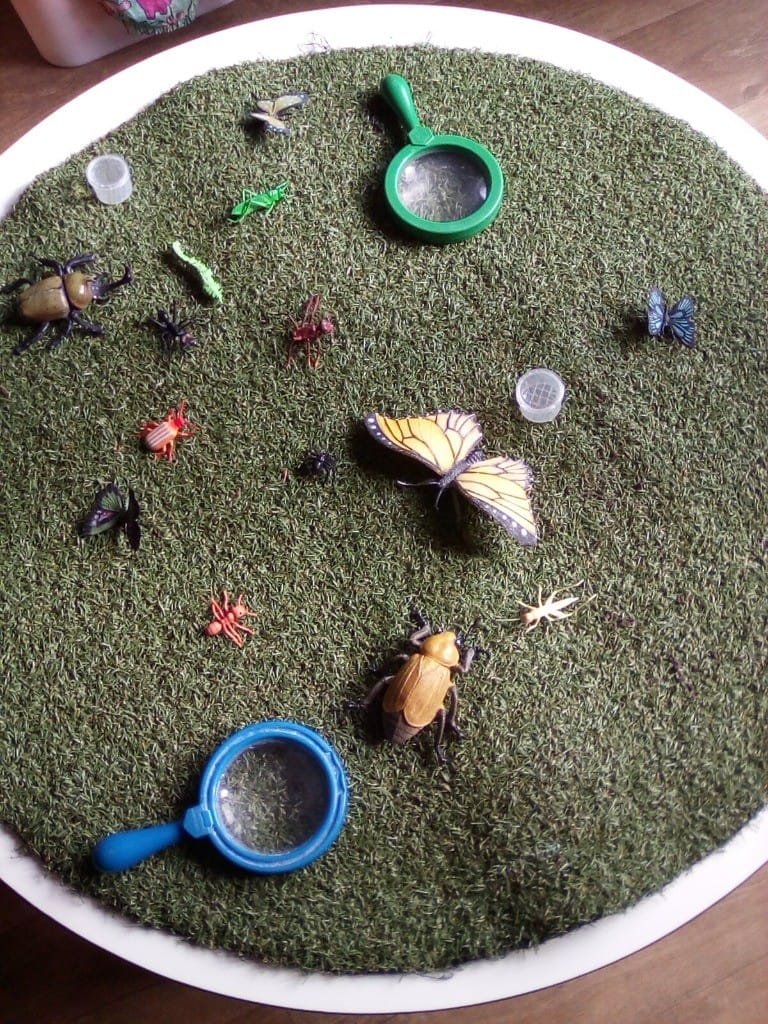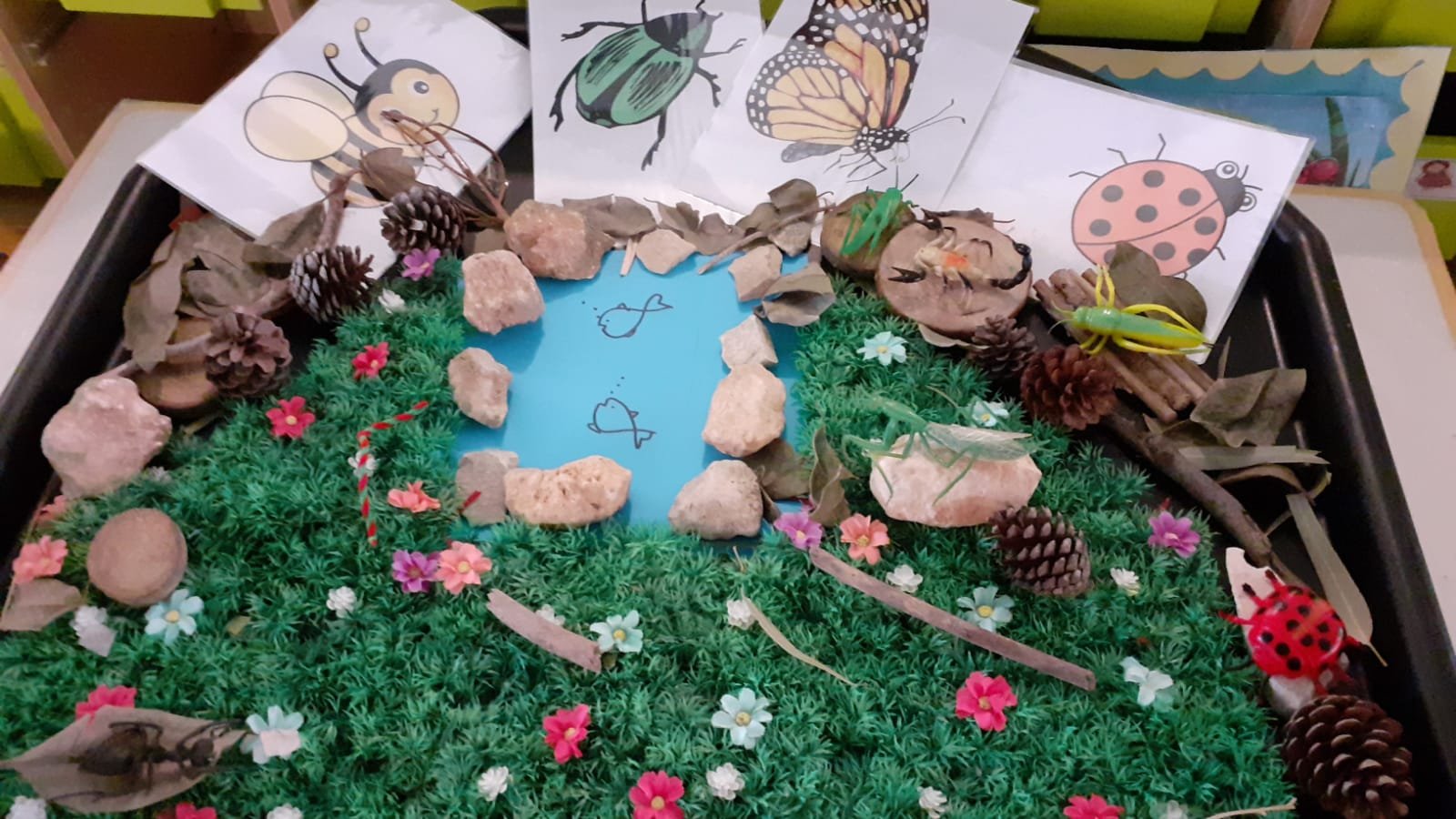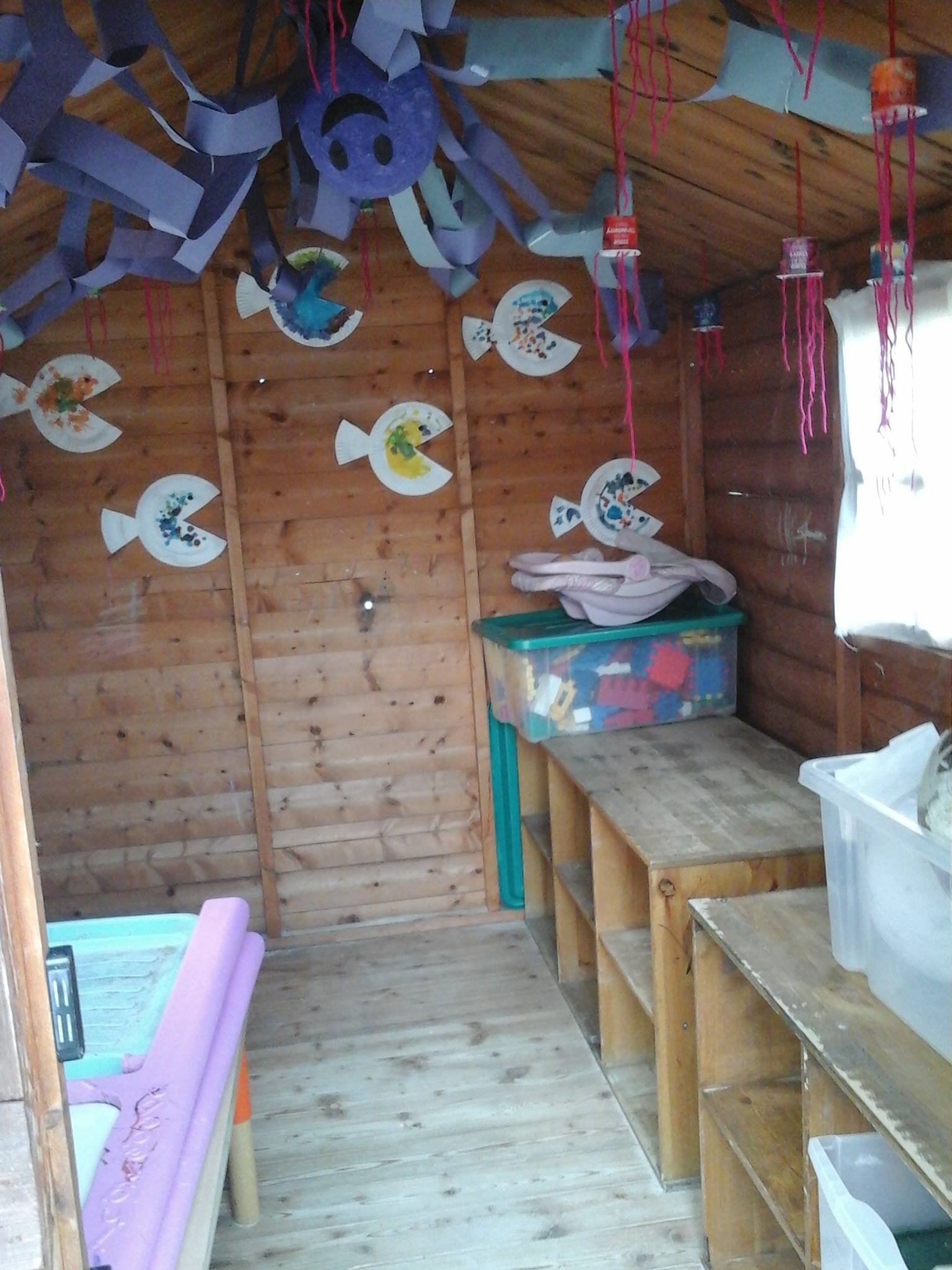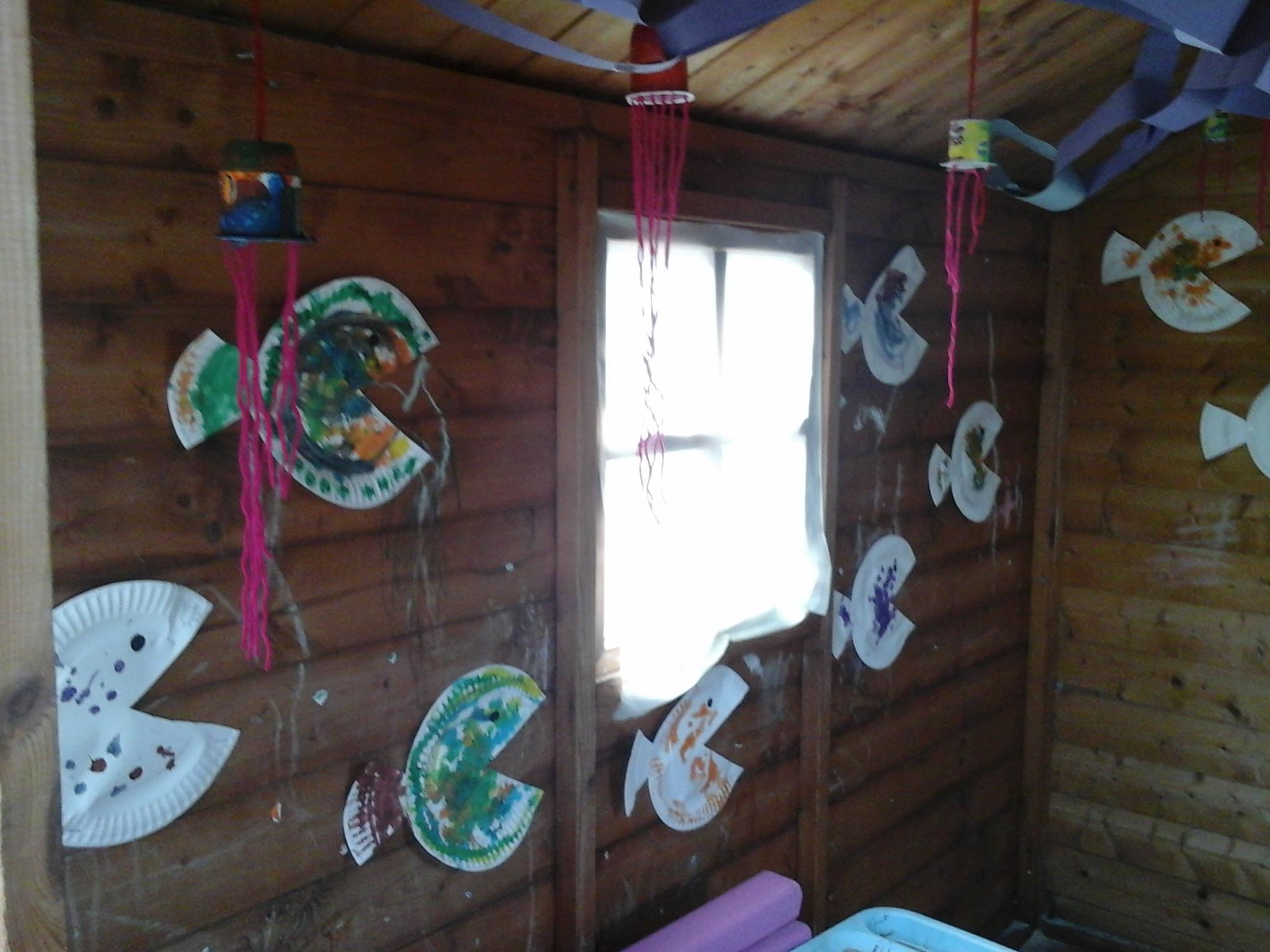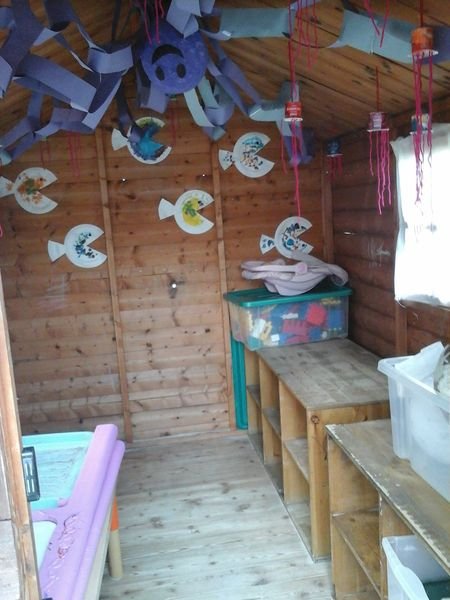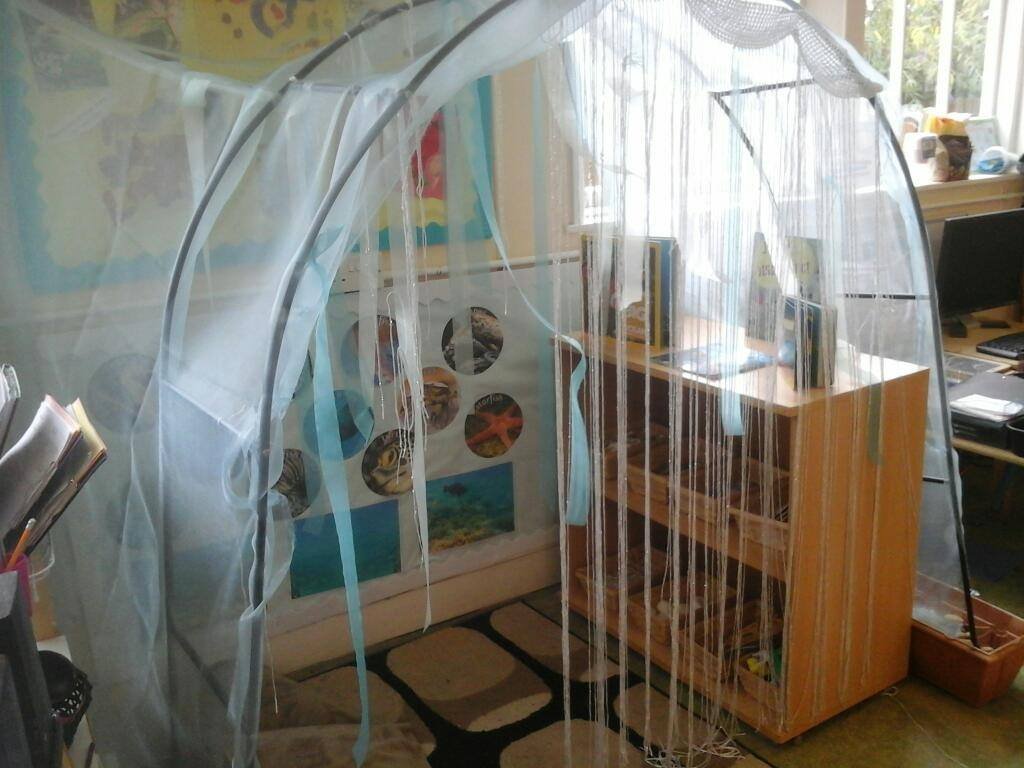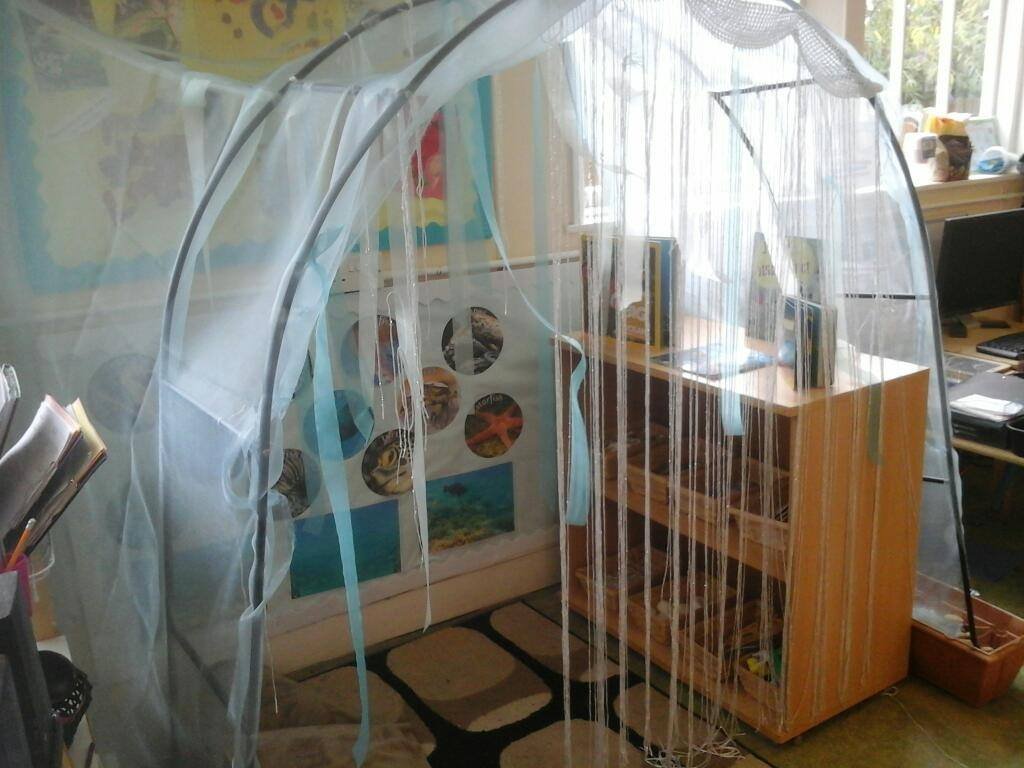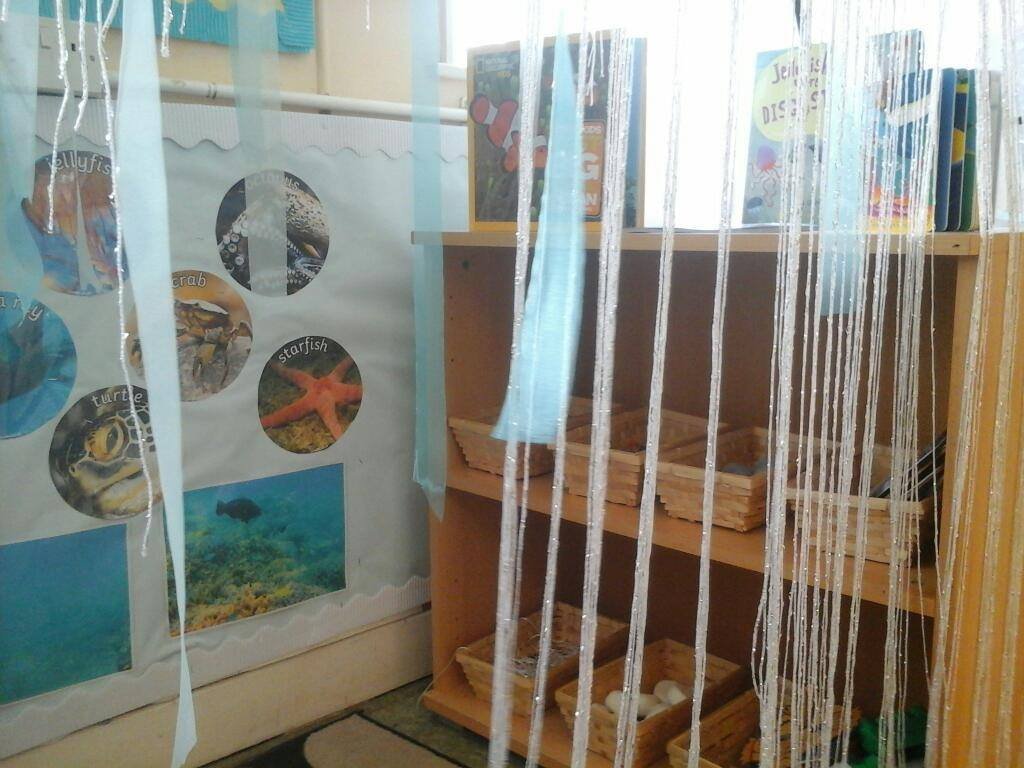Building on children’s curiosity of all things creepy crawly
National Insect Week 2023 is a fantastic week to celebrate in early years settings. Children are often curious, mystified and very interested in our creepy crawlies that we can find outside in our outdoor provisions. There are many ways that we can support and build upon children’s interests in everything insect related.
Children are often curious, mystified and very interested in our creepy crawlies that we can find outside in our outdoor provisions. There are many ways that we can support and build upon children’s interests in everything insect related. This blog posts shares lots of ideas and inspiration for anyone who is participating in National Insect Week 2023 or just have insect loving children!
Bug Box Carrier
The Carrier Contains
bug books
bug pots
identification cards
clipboards
notepads
pens
pencils
magnifying glasses
rulers
mini microscope
multilink for non-standard unit measuring
paintbrushes (to be gentle when moving insects)
This is a great resource to create for children on the go, to take wherever they find their creepy crawlies. It also keeps everything together and in the same place so you can easily find things in the moment to follow on children’s interests.
Bug Themed Nursery Rhymes and Songs
Rhymes and songs are fantastic for children’s learning and development and there are lots of insect themed songs out there. Here are one of my favourite nursery rhymes for an insect topic. It is a fantastic song that can incorporate finger play for young children, supporting their physical development, as well as their proprioception and vestibular sense.
Here is the beehive.
But where are all the bees?
Hiding away where nobody sees.
Here they come flying out of their hive.
One, two, three, four, five!
Here is the beehive.
But where are all the bees?
Hiding away where nobody sees.
Here they come flying out of their hive.
One, two, three, four, five!
Buzz up high. Buzz down low.
Buzzing fast. Buzzing slow.
Buzz to the left. Buzz to the right.
Buzz all day but sleep at night.
Here is the beehive.
But where are all the bees?
Hiding away where nobody sees.
Here they come flying out of their hive.
One, two, three, four, five!
Insect and Bug Books
Sharing books with children has a variety of benefits from supporting their communication and language development, extending their vocabulary. Developing attachment and relationships as you share books together. To developing early literacy skills and a love for reading. They can also be a great source of information gathering for young children.
These are five of my favourite bug related books to share with children under five years old.
Insect Tuff Trays
(Photo credits: Images 1-3 from Growing Together Developing Early Years, Images 4 and 5 Happy Feet Nursery Watton, Image 6 My Environment Family Day Care on Facebook 30.09.2021, Image 7 Bear Hugs Nursery, Image 8 Active Learning Childcare).
Tuff trays like the images above can support children’s learning through tactile experiences, promoting sensory placed learning. They can also help to develop their communication and language skills and imaginations as they play and explore in the different trays.
Feed Slugs and Snails
Pop out some cucumber or lettuce out and sit back and observe how snails and slugs eat. You can look closely using a magnifying glass and have bug books close to hand for information. A top tip for when moving bugs/insects is to move them gently using a paintbrush to avoid squishing or hurting them,
Science Experiment - Hovering Butterflies
What do you need:
tissue paper,
scissors,
cotton,
tape,
stapler or paperclips,
magnetic wand.
Instructions:
Cut out small butterflies using tissue paper.
Staple or paperclip one end of the butterfly to the piece of cotton and stick the second end using tape to the table.
Use a magnetic wand above the butterflies. You should be able to get the butterfly to hover below in the magnetic field.
Insects and Clay
Push toy insects into clay, so that you get a nice print of the different insects. You can then leave them to dry before painting and decorating how you wish.
Movement Game
Support children’s physical development and listening attention and understanding through a simple adult-led instruction based game. Ask the children to move like different insects for example, scuttle like a beetle, flap like a butterfly, march like ants and so on. You can also differentiate the game up encourage children to move like an insect in response to different music or instruments. Thinking about what insect does it sound like?
Please note that this blog was originally written for National Insect Week 2023 and updated in 2025.
World Ocean Day
A blog post focusing on world ocean day. With ideas for early years practitioners.
Wednesday 8th June 2022
Wednesday the 8th June 2022 is World Ocean Day, many early years settings and professionals will be using this as a platform for discussion with young children. So, we thought we would write a blog post focusing on, what is world ocean day, how can we celebrate it with children to extend their cultural capital and interests in a fun and age-appropriate way.
What is world ocean day?
The United Nations theme for world ocean day this year is “Revitalization: Collective Action for the Ocean”. The focus is about sharing and understanding that the ocean is important to all of us, it supports our sustainability, but we know the health of the ocean is in danger. It is a call to action to work together to help raise awareness and act as a community to improve the health of the ocean. You can find out more about it here.
Why focus on world ocean day with young children?
At Growing Together Developing Early Years we are passionate about how our children are the future generation and it is important that from a very young age we teach children and empower them to love our world and look after it. By inspiring a young generation to look after and care for the world from an early age, they will take these values on hopefully for their whole lives and continue to inspire future generations.
Recommended books:
We can start to teach children from a very young-age in an age-appropriate way, which encourages them to begin to ask questions, talk and act upon this important issue. Below are some of my favourite books for this topic:
· Duffy’s Lucky Escape by Ellie Jackson and Liz Oldmeadow
· Marli’s Tangled Tale by Ellie Jackson and Laura Collwood
· What a Waste by Jess French
5 Activity ideas:
1. World Ocean Tuff Tray – have a tuff tray with small world sea animals and water so children can explore habitats that live in the ocean. You could use spaghetti as seaweed to add a more textural feel to the activity.
2. Pollution Water Tray – to start discussions about pollution in the ocean and litter, you could raid the recycle bin and place (clean) rubbish alongside the small world animals in the water tray.
3. Visit an Aquarium – this is a great opportunity for children to learn about the magnificent animals that live in the ocean. You can also find a fabulous virtual aquarium here that you can use in your setting.
4. Ocean Stick Puppets – Add some story telling into your ocean play and encourage children to make their very own stick puppets. All you need is lollypop sticks, pens, paper, scissors and sticky tape. Encourage the children to draw their very own ocean animals e.g. fish, dolphins, jellyfish, turtles and so on. Once they have drawn them, they can cut them out and stick them to a lollypop stick and voila you can make up your own stories. For younger children, you might want to use a template of animals to support them.
5. Under the Sea Small World Area – Turn your small world area into a vehicle to take the children under the sea. Below are some photos of my very own ocean small world area, following a group of children’s interests.
Check out our Facebook page on 8th June 2022 for more inspiring #worldoceanday activities or tag us @GrowingTogetherDevelopingEarlyYears in your very own ocean inspired fun tomorrow.
Using Your Curriculum to Promote Oral Health in the Early Years
This is part two of our blogs on oral health and the revised early years framework. In this blog we are going to focus on how we can use our curriculum to support oral health in the early years. So firstly, let’s consider what do we mean by curriculum? In its simplest terms our curriculum is what we want children to learn. This includes the programme, methods, and activities that we choose to implement our curriculum; to ensure that children meet the learning intention highlighted in our curriculum.
So, let’s consider – what do we want children to learn about oral health within the early years? It might be that you choose to base these on statements within development matters or birth to five matters. Or it may be that you want to come up with broader terms, such as those below.
“Our curriculum is designed to support teaching and children learning about oral health through a play-based and hands-on curriculum. We want children to learn about how to look after their teeth and the importance of good oral hygiene. Our curriculum is designed to support children’s learning and development in a holistic way, so that they develop good routines around oral hygiene and a healthy relationship with food. As a setting our curriculum embeds learning and developing oral hygiene through our everyday interactions and routines, as well as our short-term and long-term planning. “
Below are a few ideas of what you might be interested in doing as activities or experiences as part of your curriculum to support oral health in the early years:
1. Singing songs about brushing teeth and practising the circular motion that we use as we brush our teeth by doing actions.
The toothbrush on the teeth goes round and round,
round and round,
The toothbrush on the teeth goes round and round,
all day long.
(To the tune of the wheels on the bus)
2. Sharing books and stories about going to the dentist (keep an eye out for our upcoming blog ‘Review of Top Ten Books to Promote Oral Health’)
3. Tuff tray play -brushing fake teeth or small world animals’ teeth using toothbrushes and toothpaste.
4. Draw on plastic blocks with whiteboard markers and use a toothbrush and toothpaste to clean of the marks.
5. Get children familiar with the circular motion of brushing teeth big style, using those gross motor skills using toothbrushes to mark-make in shaving foam, coloured sand and paint.
6. The egg experiment – boil eggs and pop them in different fluids for a few days, for example, coke, coffee, milk, water, juice, and squash. Talk about how the outside of the egg is like the enamel of your teeth, observe and talk about what has happened to the enamel and what those different things do to our teeth.
7. Make an interactive display showing and measuring out how much sugar is in different common foods and drinks.
8. Encourage children to join in cooking and making healthy snacks and foods and talk about the benefits of the different foods to our health.
9. Heuristic play – all types of brushes basket. For toddlers and preschool children consider extending heuristic play by having a brush themed basket. For example, hairbrush, toilet brush, pastry brush, toothbrush and so on. As children explore the basket it gives you the opportunity to open discussion about purpose and function of different objects.
10. Have a dentist or dental nurse come and visit your setting and talk about their job role.
Do you want to find out more about the revised framework, your curriculum or pedagogical approach? You might be interested in some of our upcoming webinars below:
· Understanding Your Curriculum
· The Relationship between Pedagogy and Curriculum
Keep an eye out for our next blog in our oral health in the early years series…






